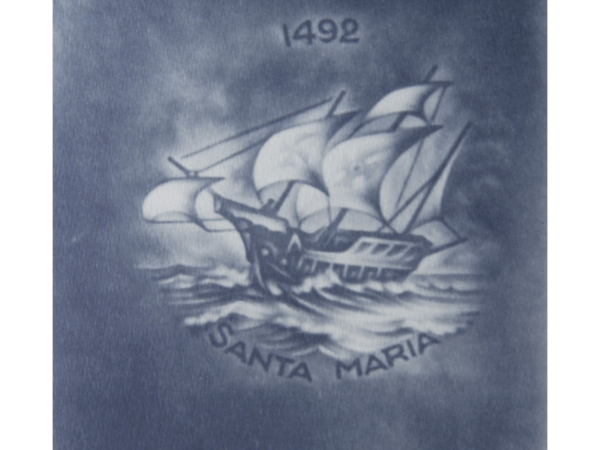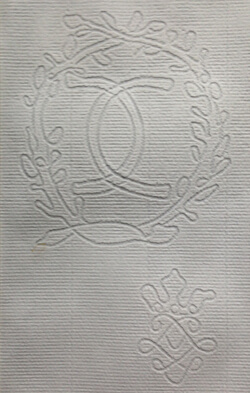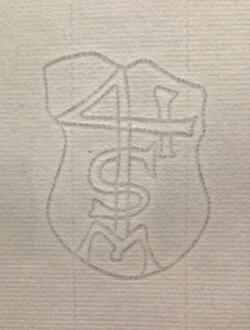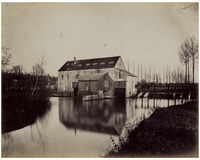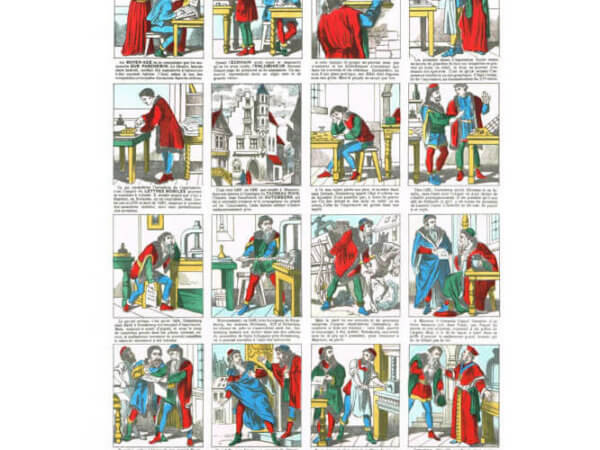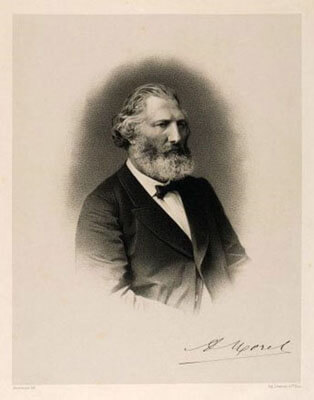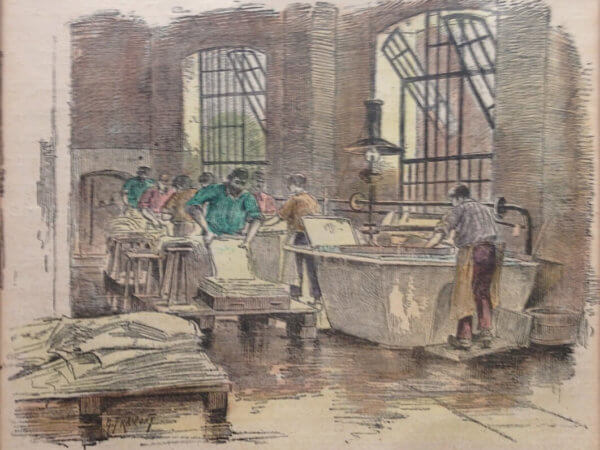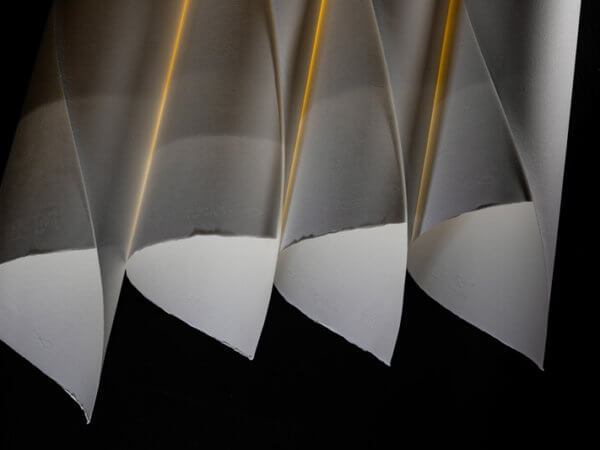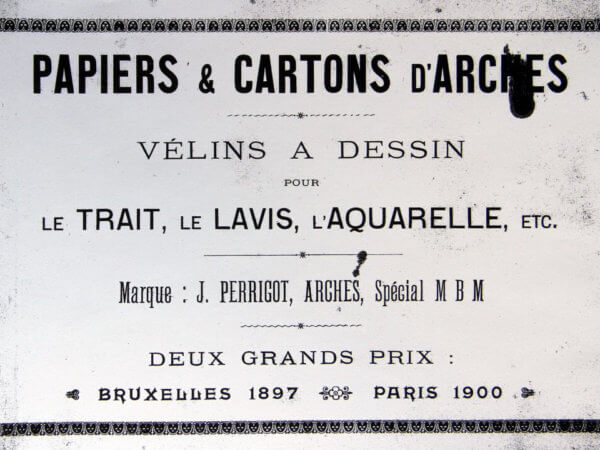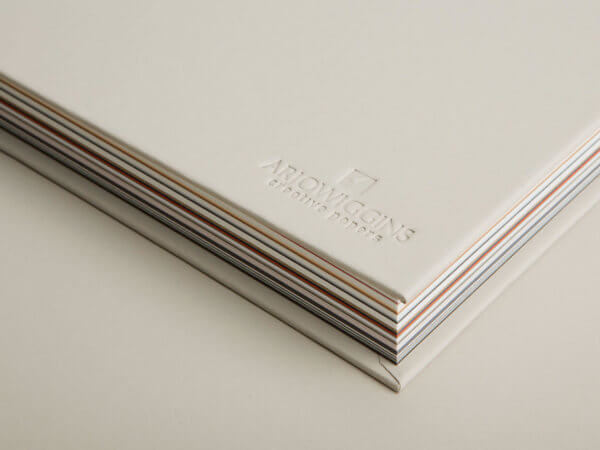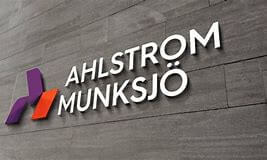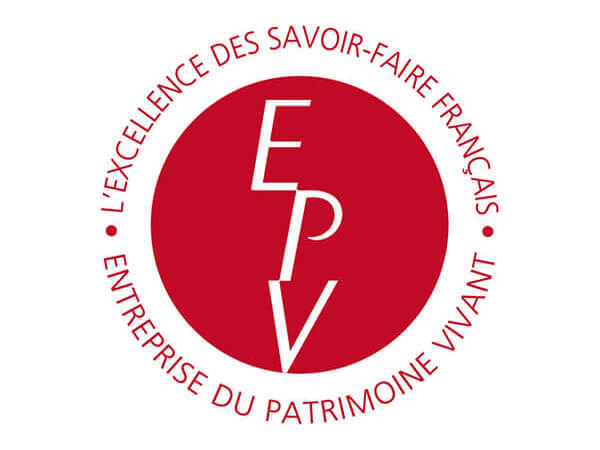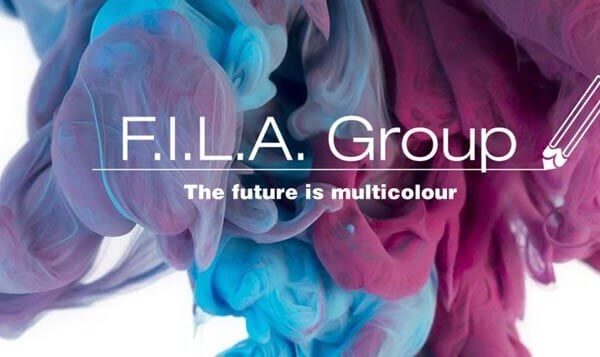-
1492
As Christopher Columbus was discovering America, the Arches paper mill was being created in Epinal in the Vosges region.
-
1493
The Arches paper mill provided the paper for the famous Nuremberg Chronicle, a book illustrated by Dürer and published in the earliest days of the printing process invented by Gutenberg. One of the best documented incunables, the best conserved and also one of the first to successfully include texts and images.
-
1500 to 1600
This “double C and emperor’s crown” watermark is typical of the sixteenth century. Accompanied by an unidentified countermark, it dates from the period when the Arches paper mill was known to be active.
-
1775
Beaumarchais bought the Arches paper mill and devoted seven years to publishing the complete works of Voltaire, mainly on ARCHES® paper. 28,000 copies of this famous edition were printed in Kehl in Germany, requiring 70 tonnes of paper. Beaumarchais made numerous technical improvements to the Arches Mill and extended its commercial reach to neighbouring countries, with papers made specially for wallpapers, writing paper, etc.
-
1785
Louis Delagarde, owner of the Papeteries du Marais, took over as manager of the Arches paper mill.
-
1807
The Imprimerie Impériale, commissioned by Napoleon I to print the “Description de l’Egypte”, ordered 2 million sheets of paper from the Arches mill for the letterpress printing and intaglio engravings for this publication. These sheets of exceptional quality are all the more remarkable because their sizes do not exist anywhere else. Created specially, they were given names, “Eléphant”, “Grand Monde” and “Grande Egypte”, and all the sheets bore a special watermark with the words “Egypte ancienne et moderne”.
-
1826
The Arches mill made a strategic choice that would turn out to be decisive for the ARCHES® brand.
From 1826 onwards sizing with rosin became the norm, as it was cheaper and easier than the traditional method of sizing with gelatin. Considering that there was not enough hindsight over the impact of such a change, the Arches mill decided to keep using the same manufacturing process to preserve the high quality of its papers. This would turn out to be a judicious choice as very quickly book-lovers would begin to find deterioration in works containing rosin.
ARCHES® then became the reference for artists and printing shops. It acquired a worldwide reputation.
The emphasis placed on the quality of the papers became the very essence of ARCHES®. And this is still the case today.
-
1830
ARCHES® was now selling a part of its products in Munich and Stuttgart in Germany and was supplying paper for the Imagerie d’Épinal, the famous picture printing works owned by the Pellerin family.
-
1855
During the Paris Universal Exhibition of 1855, ARCHES® won first class medals for the high quality of its products: beauty, pulp purity, uniformity, good sizing and finish.
-
1859
Auguste Morel acquired the Arches paper mill, the last large vat paper mill in the Vosges, and secured its future when he won an enormous 9-year contract with the Stamp issuing authority.
-
1860 to 1865
Morel went into partnership with his nephew Bercioux and began work on extending the site. By 1865 he had 27 vats compared to just 5 in 1859.
-
1869
Jean-Auguste-Dominique Ingres, a painter who was extremely sensitive to materials and curious to try out many different drawing and watercolour techniques, inspired ARCHES®. As early as 1869 the Arches paper mill began to produce a laid paper they named Ingres d’ARCHES MBM®, which met the expectations of artists of the time. The name Ingres continues to be linked to the making of this paper to this day.
-
1895
Jules Perrigot, the mill’s new owner, developed his own vat-paper machine. He also developed the cylinder mould, which simplified the work.
ARCHES® specialised in making paper for banknotes, safety papers and commercial papers (papers for luxury publishing, intaglio engraving, writing paper and correspondence cards, paper for line drawing and wash techniques, special papers such as the paper for geographical maps). 90% of luxury limited edition publications were produced with ARCHES® paper.
-
1897 and 1900
In 1897 in Brussels and in 1900 in Paris, the Arches paper mill won 2 major awards for its vellum drawing papers in the Line, Wash and Watercolour categories.
-
1953
Four competing paper mills, ARCHES®, Johannot, Marais and Rives, merged. ARJOMARI became the first French papermaking group.
-
1991
ARJOMARI merged with large Anglo-American papermaker Wiggins Teape Appleton to become Arjowiggins.
-
1992
Launch of ARCHES® Platine, a new paper developed by the Research & Development department at ARCHES®. This was the first paper in the world specially dedicated to the platinum printing technique.
-
1996
The French Ministry of Culture chose ARCHES® for the first order of national prints.
-
2011
Arjowiggins sold the Arches paper mill to international paper group Munksjö, which would then merge with the Ahlstrom group to become Ahlstrom-Munksjö in 2017.
-
2017
ARCHES® obtained Living Heritage Company (Entreprise du Patrimoine Vivant) approval, in recognition of its ancestral know-how in the area of the manufacturing of top-quality paper.
- 1492
- 1493
- 1500 to 1600
- 1590
- 1775
- 1785
- 1807
- 1826
- 1830
- 1855
- 1859
- 1860 à 1865
- 1869
- 1895
- 1897 et 1900
- 1953
- 1990
- 1991
- 1992
- 1996
- 2011
- 2012
- 2017
- 2020



